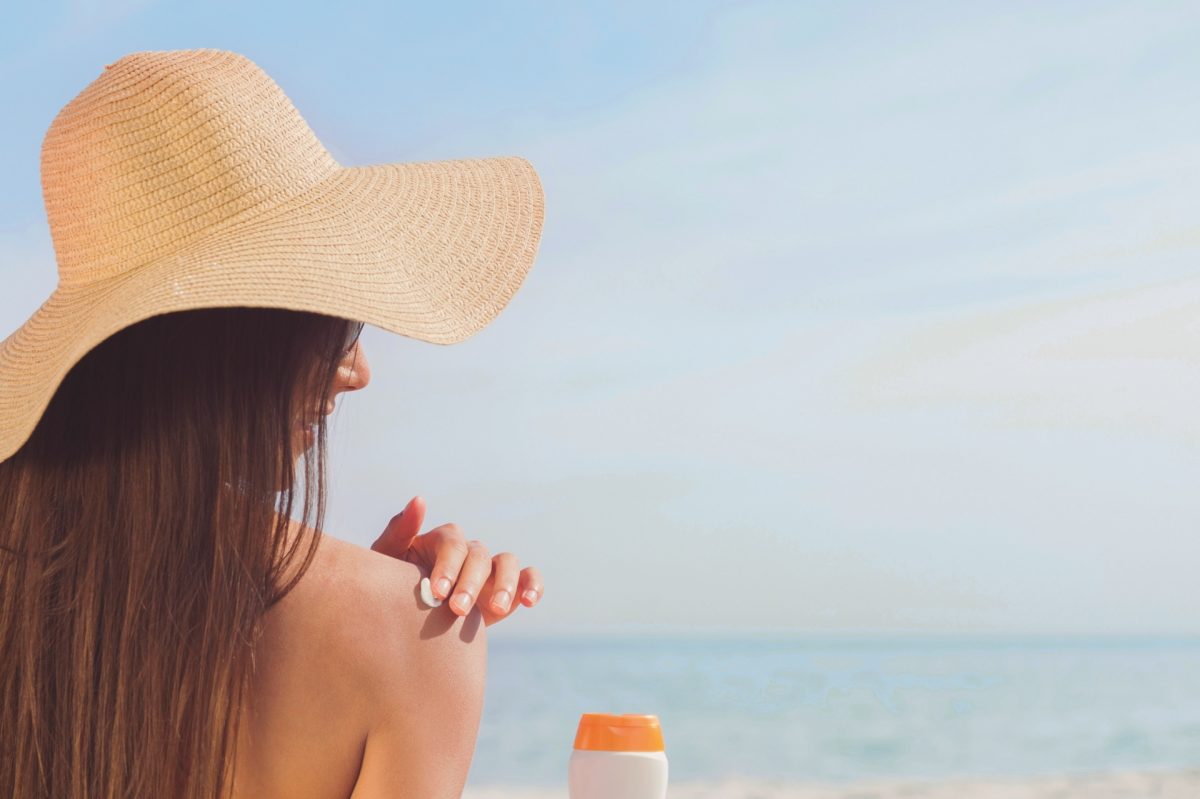Sunscreen

Approximately, two in three Australians will be diagnosed with skin cancer by the time they are 70. Non-melanoma skin cancer is more common in men, with almost double the incidence compared to women. Excluding non-melanoma skin cancer,* melanoma is the third most common cancer in Australians
Everybody is free to wear! It looks like warmer sunnier days are on which is a good opportunity to talk about sunscreen. It’s time for prevention.
First, let’s talk about UV rays. Sunlight is made up of different wavelengths of light. The most damaging are UVA and UVB radiation. UVA penetrates deeper and is thought to be responsible for skin ageing e.g. wrinkles, pigmentation. UVB radiation is responsible for sunburn.
Wearing sunscreen is therefore important to reduce the risk of skin cancer as well as reducing the signs of skin ageing (if it is important for you). It is best to use a broad-spectrum one that protects against both UVA & UVB radiation. Sunscreen isn’t just for summer – those rays can still get you on a sunny winter day!
SPF (sun protection factor) denotes the protection against UVB radiation. If your skin burns after 10 minutes in the sun, a SPF 30 sunscreen technically allows you to spend 10 x 30 = 300 minutes before getting burned. However, there are multiple factors contributing to burning such as skin type, geographical location, time of year etc, so I would never recommend staying in the sun for this long. In addition, other factors like sweating, swimming and adequate application of sunscreen will also affect your level of protection.
There are 2 main types of sunscreen: mineral and chemical. They are both effective. Chemical sunscreens take 20-30 mins to work as they use chemical filters to absorb UV light. Mineral sunscreens form a protective layer and provide immediate protection. These usually use zinc, titanium or iron. Those with sensitive skin may prefer using mineral-based sunscreen.
Some sunscreen top tips:
- Use at least SPF 15-30 with UVA protection
- It’s better to use a separate sunscreen on the face rather than relying on make-up with SPF
- Use at least 2 tsp for face, neck and arms. Use at least 2 tbsp for the rest of the body
- Reapply every 2 hours but more often if you have been swimming/sweating more
- Think of sunscreen as the last form of skin protection. Use wide-brim hats, sunglasses and light clothing
- Babies under the age of 6 months should be kept out of the direct sun. Encourage kids to play in the shade and don’t forget areas like the ears and back of the neck.
References:
Skin Cancer, Cancer Council Australia, available at https://www.cancer.org.au/about-cancer/types-of-cancer/skin-cancer.html
Sunscreen, available at The GP Mum
